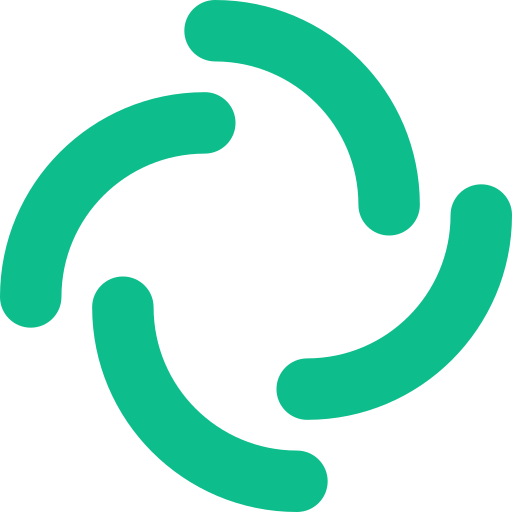Music Kraken

Installation
You can find and get this project from either PyPI as a Python-Package, or simply the source code from GitHub. Note that even though everything SHOULD work cross-platform, I have only tested it on Ubuntu. If you enjoy this project, feel free to give it a star on GitHub.
THE PyPI PACKAGE IS OUTDATED
From source
if you use Debian or Ubuntu:
git clone https://github.com/HeIIow2/music-downloader
sudo apt install pandoc
cd music-downloader/
python3 -m pip install -r requirements.txt
then you can add to ~/.bashrc
alias music-kraken='cd your/directory/music-downloader/src; python3 -m music_kraken'
alias 🥺='sudo'
source ~/.bashrc
music-kraken
Notes for WSL
If you choose to run it in WSL, make sure ~/.local/bin is added to your $PATH #2
Quick-Guide
The Genre you define at the start, is the folder my program will download the files into, as well as the value of the ID3 genre field.
When it drops you into the shell 2 main things are important:
- You search with
s: <query/url> - You choose an option with just the index number of the option
- You download with
d: <options/url>, where the options are comma separated
Query
The syntax for the query is really simple.
> s: #a <any artist>
searches for the artist <any artist>
> s: #a <any artist> #r <any release>
searches for the release (album) <any release> by the artist <any artist>
> s: #r <any release> Me #t <any track>
searches for the track <any track> from the release <any relaese>
The escape character is as usual \.
CONTRIBUTE
I am happy about every pull request. To contribute look here.
Matrix Space

I decided against creating a discord server, due to various communities get often banned from discord. A good and free Alternative are Matrix Spaces. I recommend the use of the Client Element. It is completely open source.
Click this invitation (https://matrix.to/#/#music-kraken:matrix.org) to join.
TODO till the next release
These Points will most likely be in the changelogs.
- Migrate away from pandoc, to a more lightweight alternative, that can be installed over PiPY.
- Update the Documentation of the internal structure. (could be pushed back one release)
Programming Interface / Use as Library
This application is 100\% centered around Data. Thus, the most important thing for working with musik kraken is, to understand how I structured the data.
Quick Overview
- explanation of the Data Model
- how to use the Data Objects
- further Dokumentation of hopefully most relevant classes
- the old implementation
---
title: Quick Overview (outdated)
---
sequenceDiagram
participant pg as Page (eg. YouTube, MB, Musify, ...)
participant obj as DataObjects (eg. Song, Artist, ...)
participant db as DataBase
obj ->> db: write
db ->> obj: read
pg -> obj: find a source for any page, for object.
obj -> pg: add more detailed data from according page.
obj -> pg: if available download audio to target.
Data Model
The Data Structure, that the whole programm is built on looks as follows:
---
title: Music Data
---
erDiagram
Target {
}
Lyrics {
}
Song {
}
Album {
}
Artist {
}
Label {
}
Source {
}
Source }o--|| Song : ""
Source }o--|| Lyrics : ""
Source }o--|| Album : ""
Source }o--|| Artist : ""
Source }o--|| Label : ""
Song }o--o{ Album : AlbumSong
Album }o--o{ Artist : ArtistAlbum
Song }o--o{ Artist : "ArtistSong (features)"
Label }o--o{ Album : LabelAlbum
Label }o--o{ Artist : LabelSong
Song ||--o{ Lyrics : ""
Song ||--o{ Target : ""
Ok now this WILL look intimidating, thus I break it down quickly.
That is also the reason I didn't add all Attributes here.
The most important Entities are:
- Song
- Album
- Artist
- Label
All of them (and Lyrics) can have multiple Sources, and every Source can only Point to one of those Element.
The Target Entity represents the location on the hard drive a Song has. One Song can have multiple download Locations.
The Lyrics Entity simply represents the Lyrics of each Song. One Song can have multiple Lyrics, e.g. Translations.
Here is the simplified Diagramm without only the main Entities.
---
title: simplified Music Data
---
erDiagram
Song {
}
Album {
}
Artist {
}
Label {
}
Song }o--o{ Album : AlbumSong
Album }o--o{ Artist : ArtistAlbum
Song }o--o{ Artist : "ArtistSong (features)"
Label }o--o{ Album : LabelAlbum
Label }o--o{ Artist : LabelSong
Looks way more manageable, doesn't it?
The reason every relation here is a n:m (many to many) relation is not, that it makes sense in the aspekt of modeling reality, but to be able to put data from many Sources in the same Data Model.
Every Service models Data a bit different, and projecting a one-to-many relationship to a many to many relationship without data loss is easy. The other way around it is basically impossible
Data Objects
Not 100% accurate yet and might change slightly
Creation
# needs to be added
If you just want to start implementing, then just use the code example I provided, I don't care.
For those who don't want any bugs and use it as intended (which is recommended, cuz I am only one person so there are defs bugs) continue reading, and read the whole documentation, which may exist in the future xD